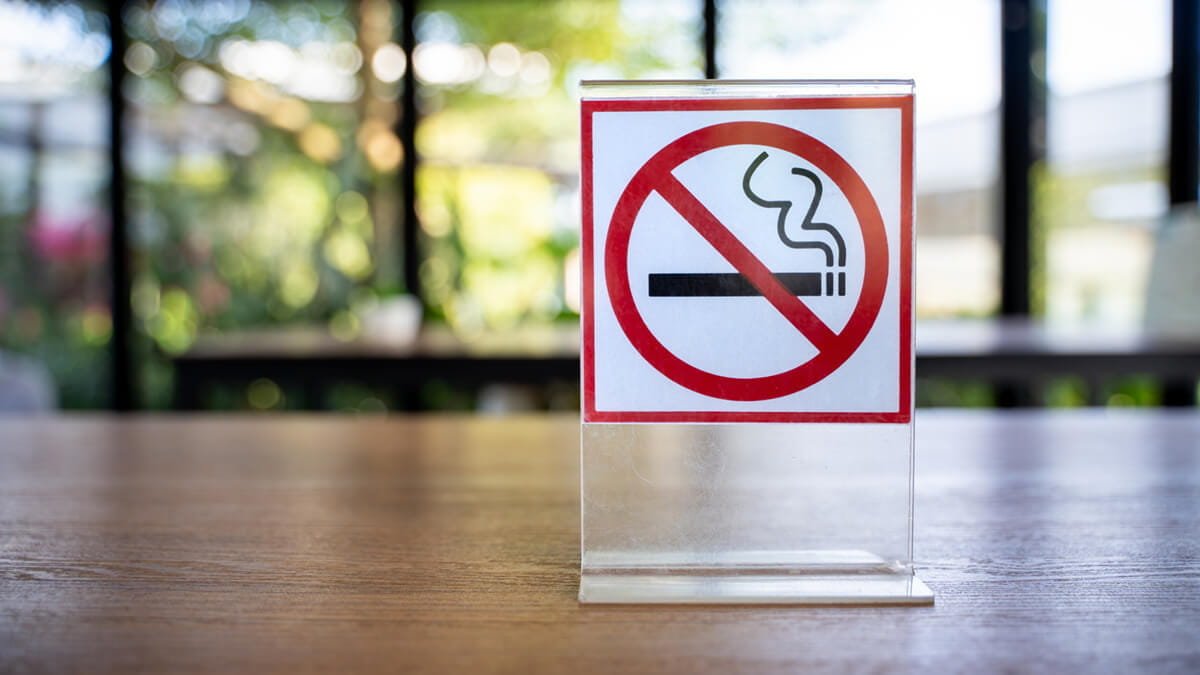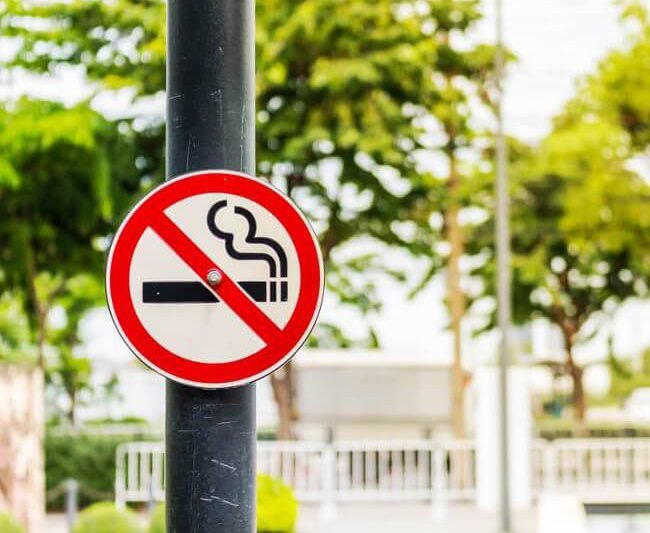
Every person has the right to live in a safe, healthy, and protected environment. With pollution and numerous factors contributing to the quality of our surroundings, clean air and a healthy environment have become a luxury for many. One of the many things affecting our atmosphere is the smoke that is produced when a cigarette is burnt. This smoke which is created as a by-product contains various toxins and poisonous substances that not only harm the smoker, but also the people around them and their surroundings in the form of second-hand smoke.
Second-hand smoking or passive smoking can prove to be just as harmful as actively smoking a cigarette, especially for young children. Secondhand smoke contains more than 6,000 chemicals, of which hundreds are toxic and about 70 can cause cancer. Public health authorities, including the WHO, have concluded that secondhand smoke causes diseases, including lung cancer and heart disease, in non-smokers. In infants and children, it can cause several health problems, including more frequent and severe asthma attacks, respiratory infections, ear infections, and sudden infant death syndrome (SIDS).

While the best possible measure against this issue is to quit smoking completely, there will always be people who will choose to continue to smoke. For these adult smokers, less harmful, smoke-free alternatives to cigarettes should be made accessible so as to reduce the harm to their health and on the health of the people around them, and their environment. The smoke-free alternatives to cigarettes (including heated tobacco products, vapes, e-cigarettes, snus, etc.) are scientifically proven to be less harmful than cigarettes as they do not involve the burning of tobacco which produces the smoke that is harmful to people and their surroundings.

An increasing number of countries including New Zealand, the United Kingdom, Japan, the United States, and several others are taking up innovative solutions that are scientifically substantiated and reforming their tobacco control policies to achieve smoke-free societies, working towards better public health outcomes and being mindful and inclusive of the needs of adults who find it difficult to quit or who would otherwise continue to smoke.
By putting progressive measures in place and putting scientifically backed, smoke-free technologies to use, we can hope to see a reduction in passive smoke exposure and smoking-related illnesses that are largely prevalent in our society and improve our environment, air quality, public health, and achieve a clean, safe and smoke-free society for all.

